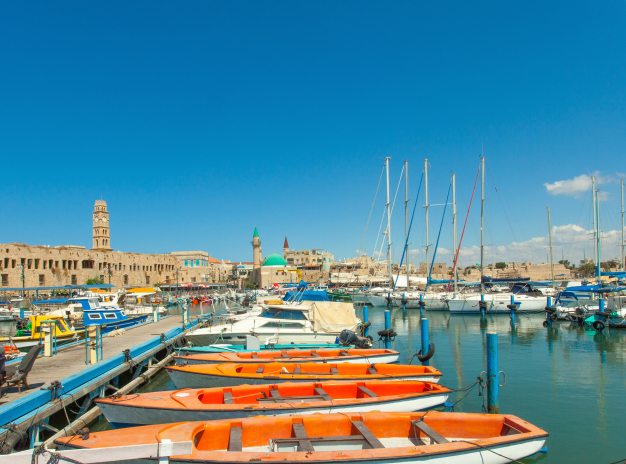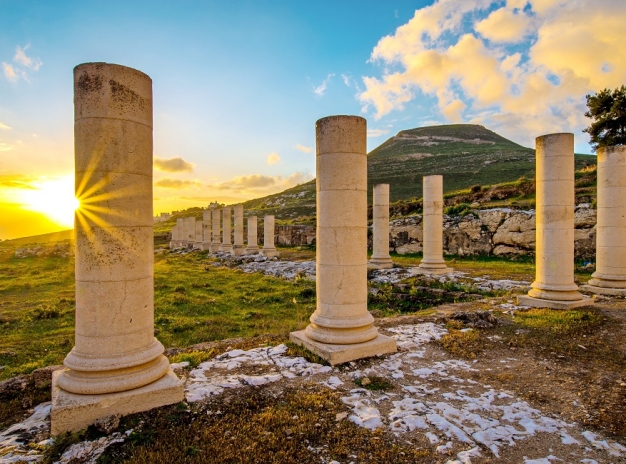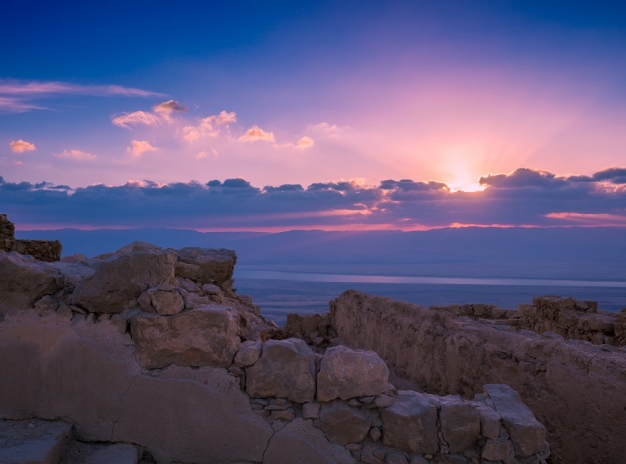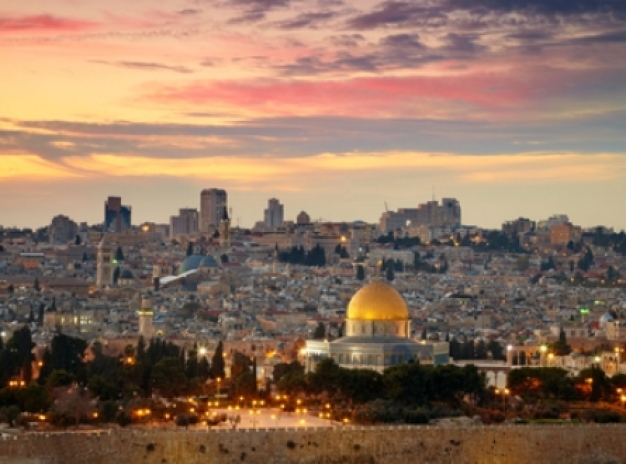
Masada
7 Top-Rated Tourist Attractions in Masada
The fortress of Masada is the citadel of King Herod that became the last bastion of the Zealots during the Jewish revolt. Here the most tragic events occurred in the history of the Jewish people - the rebels preferred mass suicide in order not to fall into Roman slavery.
The ancient fortress of Masada is located near the Dead Sea near the Israeli city of Arad. With the Hasmoneans in 37-31 BC, fortifications were built here. A little later in 25 BC, with the arrival of King Herod I the Great, a shelter for his family was erected here, and the existing fortress was completed and strengthened. Until today partly preserved three-storied palace of Herod, rock water tanks, baths and the synagogue.
The fortress was listed by UNESCO in the List of World Heritage Sites of Humanity.
The ancient fortress of Masada near the city of Arad is a great symbol of heroism for the Jewish people. With the restoration of the fortress, it became one of the main attractions of Israel and a place of mass tourist visits.
1. Masada Museum
The history of Masada comes to life in the Museum of Masada, opened in memory of Igal Yadin. Unique exhibits take the museum experience to a new level. Ancient artifacts that are on display at the museum were discovered during archaeological excavations at the Masada between 1963 and 1965. The excavations were carried out by the expeditionary of the Hebrew University in Jerusalem under the guidance of the late Professor Igal Yadin. In the museum, these artifacts are exhibited in illuminated windows and collected into more than nine theater scenes, that are devoted to the three main themes of the story about Masada: King Herod, the rebels and the Roman army.
You will travel back in time, from the reign of King Herod, the builder of Masada, through the Great Revolt against Rome, when the rebels lived on the top of the mountain, to the Roman siege and the fall of Masada.
2. Paths to the Summit
There are several ways to reach the summit. If you don't want to walk, then the cable car is your option, leaving every 10 minutes from the visitor's center and providing bird's-eye views across the escarpment. On the east side, visitors can climb to the top of the mountain on foot along the "Snake Path" having conquered about 900 steps. The trail winds along the slopes of the mountain. The length of the path is 2.7 km, the ascent time is about an hour, and the duration of the descent is about 40 minutes.
3. Northern Palace
The main architectural jewel of the fortress Masada is the Northern Palace. It was erected on three tiers of impregnable rock, and the upper tier towered above the lower one at 35 meters, which is about the height of a modern ten-story building. The whole three-tier structure was supported on the rock with the help of massive retaining walls.
On the upper level of the palace were private chambers of King Herod and a terrace for receiving honored guests, offering an exceptional view of the valley and the coast of the Dead Sea. At the middle level was a hall for receptions and meals, as well as a small pool. At the bottom there is another room for receiving visitors, which seems to be designed for especially solemn feasts.
4. Baths
The last tier of the Northern Palace resembles an ordinary rectangular hall, decorated with ancient frescoes and framed with majestic columns. It was here, in the basement, that scientists discovered a bath complex consisting of a foot bath and two pools for cool and hot water. The design of this bath is truly impressive. The stove behind the wall heated the air. Then it was passed under the marble floor of the bath, which was held by two hundred earthen poles. Unfortunately, almost nothing was left of the floor, but the pedestals of the poles still can be seen
5. Synagogue
On Mount Masada there is another significant building for Israel - the oldest synagogue, whose age can be compared only with Gamla, located on the Golan Heights. It was here that records were found, with the help of which scientists were able to restore the history of this amazing place. Currently, the synagogue building is used to celebrate the Bar Mitzvah, the day when Jewish guys attain spiritual maturity.
6. Byzantine Church
Southeast of the synagogue site is another large complex of buildings with the most important being the partially preserved remains of a church built by Byzantine monks who lived on the plateau during the 5th century. The church is entered through a porch or vestibule. The apse, at the east end, has a cavity in the floor, which may have housed relics. On the north side of the nave is a (partly preserved) mosaic pavement with representations of plants and fruits.
7. Western Palace
The Western Palace or haArmon haMaaravi which area is more than 4 thousand square meters was considered the official royal residence.
Currently, the Palace is in a dilapidated condition, but among its remnants you can still recognize the sleeping rooms, reception hall, royal toilets, workshops and swimming pools, lined with mosaics.





